Chemistry Reference
In-Depth Information
shift in relation to the maxima of light absorption of a solution of H-resorcin and
fluorescein. The ratio of boron, H-resorcin and fluorescein in this complex, determined
by the equilibrium shift method, is 1:1:1. The molar coefficient of darkening of this
complex at 515nm is 1.5.10
4
. Compliance with Beer's law is observed at a boron
concentration from 0.5 to 15µg in 25ml of solution. The degree of extraction of boron at a
concentration from 0.5 to 15µg in 10ml of solution is 94.5%.
For determination of boron the water samples are filtered to remove mechanical
impurities and 10ml of the water is placed in a quartz separator funnel, 0.2ml of
concentrated sulphuric acid and 1g of sodium chloride are added with agitation to full
dissolution of the salt, then 12.5ml of a mixture of 2, 6-dimethyloctanediol-4, 6 and
n
-
amyl or isoamyl alcohol (1:4) are added, and the mixture is shaken for 5min. The organic
phase is transferred to another quartz separator funnel, and the water phase is shaken
again with 12.5ml of a mixture of extraction agents for 5min. The organic phases are
combined and washed with 25ml of acetate-ammonia buffer solution pH 5. The wash
liquid is discarded, and 15ml of 0.2N sodium hydroxide is added to the organic phase
with energetic agitation for 5min. The organic phase is discarded, and the re-extract is
neutralised with hydrochloric acid solution (1:1) in the presence of several drops of 0.1%
aqueous solution of p-nitrophenol until the indicator becomes colourless. Then this
solution is transferred to a quartz test tube, 4ml of 1.10
−3
M of aqueous solution of H-
resorcin and 1ml of 1.10
−3
M of aqueous solution of fluorescein are added and the volume
of the solution is brought up to 25mm with acetate ammonia buffer of pH 5. After 2h the
optical density of the solution is measured relative to the density of a blank experiment
solution in a cuvette with a layer thickness of 10ml at 515nm. The boron concentration is
determined from the calibration curve. The reproducibility of the method is quite
satisfactory, as shown by the results of boron determination in non saline waters (Table
6.1).
In order to show the correctness of the data obtained water was analysed from the
Kyual'nitskii Liman by the quinalisarin method [4]. The determination was 2.6mg L
−1
boric acid at
n
=6, s=0.01.
Curcumin [5], quinalizarin [6], carmine [7] and H-resorcin (2, 4 dioxy-benzene-azo-8-
hydroxy naphthalene 3-6 disulphonxy acid) [8] have all been employed as chromogenic
reagents in the determination of boron.
Table 6.1
Determination of borate in Soviet surface waters
H
3
BO
3
,
mg L
−1
Sample collection site
sd
Odessa estuary of Black Sea, at surface,
1km from shore, July 4 1980
1.64
0.16
Kyual'nitskii Liman, at surface, July 1 1980
2.91
0.10
Khadzhibeevskii Liman, at surface, July 6 1980
2.22
0.14
Dunai River, at surface, June 3 1980
1.00
0.10



Search WWH ::

Custom Search